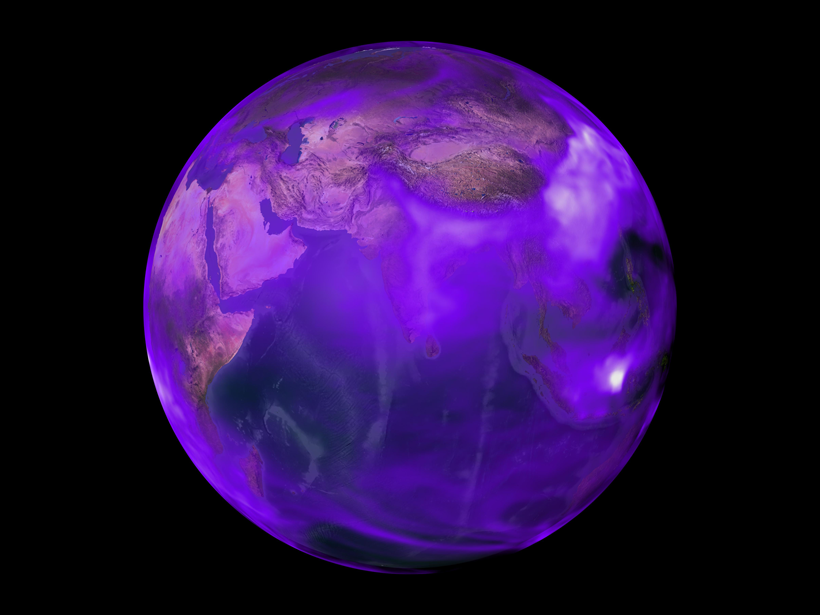Source: Journal of Geophysical Research: Atmospheres
Aerosols are tiny particles suspended in the atmosphere that play a crucial role in regulating Earth’s radiation balance. Although the majority of aerosols create a net cooling effect by scattering incoming sunlight, some are capable of heating the atmosphere by absorbing this light instead. Previous studies have primarily attributed this effect to black carbon, a substance produced when carbon-based materials such as biofuels and fossil fuels don’t fully combust. Because black carbon contributes to atmospheric warming, understanding its historical emissions is critical for separating anthropogenic influences from natural climate variability in numerical simulations.
Although researchers have developed several historical inventories of black carbon emissions, discrepancies still exist between these estimates and long-term ambient air observations. To help resolve these disparities, Sun et al. identify several poorly estimated sources of black carbon emissions and use these findings to update the U.S. inventory from 1960 to 2000.
The results indicate that previous studies have underestimated black carbon emissions in the United States. In particular, the researchers determined that the emissions from several key sources, including pre-1980 residential boilers and heating stoves, specific off-road engines, and heavy-duty diesel and light-duty gasoline-powered vehicles assembled prior to 1970, should be increased significantly.
The authors’ revisions, which also take other potential sources of discrepancy into account, offer a very different picture of black carbon emissions compared to earlier inventories. Between 1960 and 1980, the updated U.S. emissions are 80% higher than previous estimates, totaling approximately 690 gigagrams per year in 1960 and 620 gigagrams per year a decade later. The revised inventory also exhibits a decreasing trend through 1980 that is not apparent in earlier reports.
By providing the first observational constraints on black carbon emissions in the United States, this study offers a credible analysis of the reasons why these emissions have been previously underestimated. The far-reaching results suggest that modeling simulations based on earlier emission estimates, and potentially the inventories of other combustion by-products, will need to be reevaluated. (Journal of Geophysical Research: Atmospheres, https://doi.org/10.1029/2018JD030201, 2019)
—Terri Cook, Freelance Writer
Citation:
Cook, T. (2019), Previous research has underestimated black carbon emissions, Eos, 100, https://doi.org/10.1029/2019EO120861. Published on 30 April 2019.
Text © 2019. The authors. CC BY-NC-ND 3.0
Except where otherwise noted, images are subject to copyright. Any reuse without express permission from the copyright owner is prohibited.

